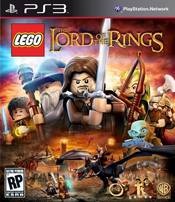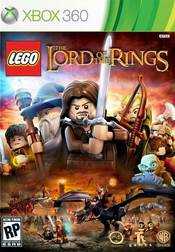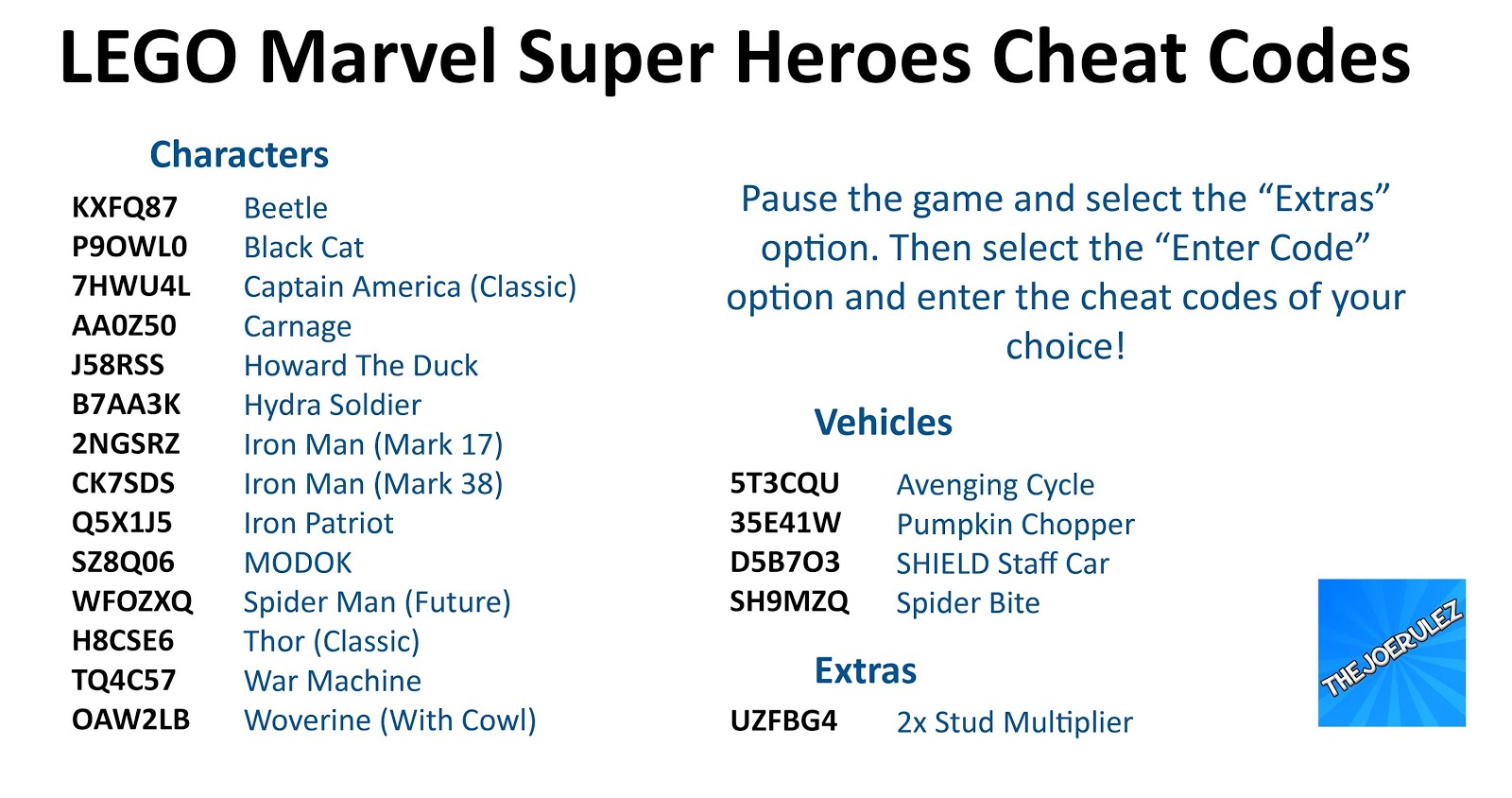



Building a decent army does indeed have the potential to rack up a scary bill. Warhammer is a mathematics-laden dice game, and depending on how well you remember all the rules, a single game can clock in at 5+ hours. The lore/artwork is dark and depressingĪs a long-time fan currently experiencing the pinnacle of his enthusiasm, I’m here to tell you that all of those things are absolutely true.If someone has indeed heard of 40k, chances are the extent of their knowledge boils down to a few things: To the people who play it, it’s a gateway to a beautiful, inclusive, diverse community and lore so complex and bloated that you could get a PhD in it.

40k, as it’s colloquially known, absolutely dominates the tabletop market, fuelling massive conventions, a flourishing competitive scene, an army of independent content creators and now even a TV show in the works helmed by nerd culture evangelist (and occasional actor) Henry Cavill. Warhammer 40000įast-forward 40 years and you would be hard-pressed to find anyone who hasn’t at least heard the word ‘Warhammer’ before. It caught on almost immediately, and one year later Warhammer 40,000 was born: a bizarre, somewhat gonzo science fiction counterpart to the fantasy iteration. Unlike Dungeons & Dragons, building and painting miniatures was absolutely pivotal to the game – models came in metal sprues in the box and you had to put them together yourself, rather than subbing them out for cardboard tokens or simply relying purely on imagination. Invented by Rick Priestly, Bryan Ansell and Richard Halliwell of Games Workshop in 1982, Warhammer started out as an out-of-the-box fantasy RPG focused on combat. Nowhere was that truer than with Warhammer. It resided in a strange limbo between having ostensibly ‘kid-friendly’ themes and imagery but requiring a level of organisation and calculation far beyond the reach of most kids’ attention spans. You could argue that the tabletop RPG set the standard for this, even before video games. Nowadays, adults unironically play board games, collect Lego, go to trampoline parks and indulge in tabletop gaming. The market hadn’t evolved in any major way (although it has now), it was just another brick being removed from the wall that designated ‘playing’ to be the domain of children. All of a sudden, I found myself getting invited to board-game nights, and saw bars and cafes specifically geared towards this springing up in cities around the UK. Sometime around the mid-2010s, board game nights skyrocketed in value as a social activity.


 0 kommentar(er)
0 kommentar(er)
